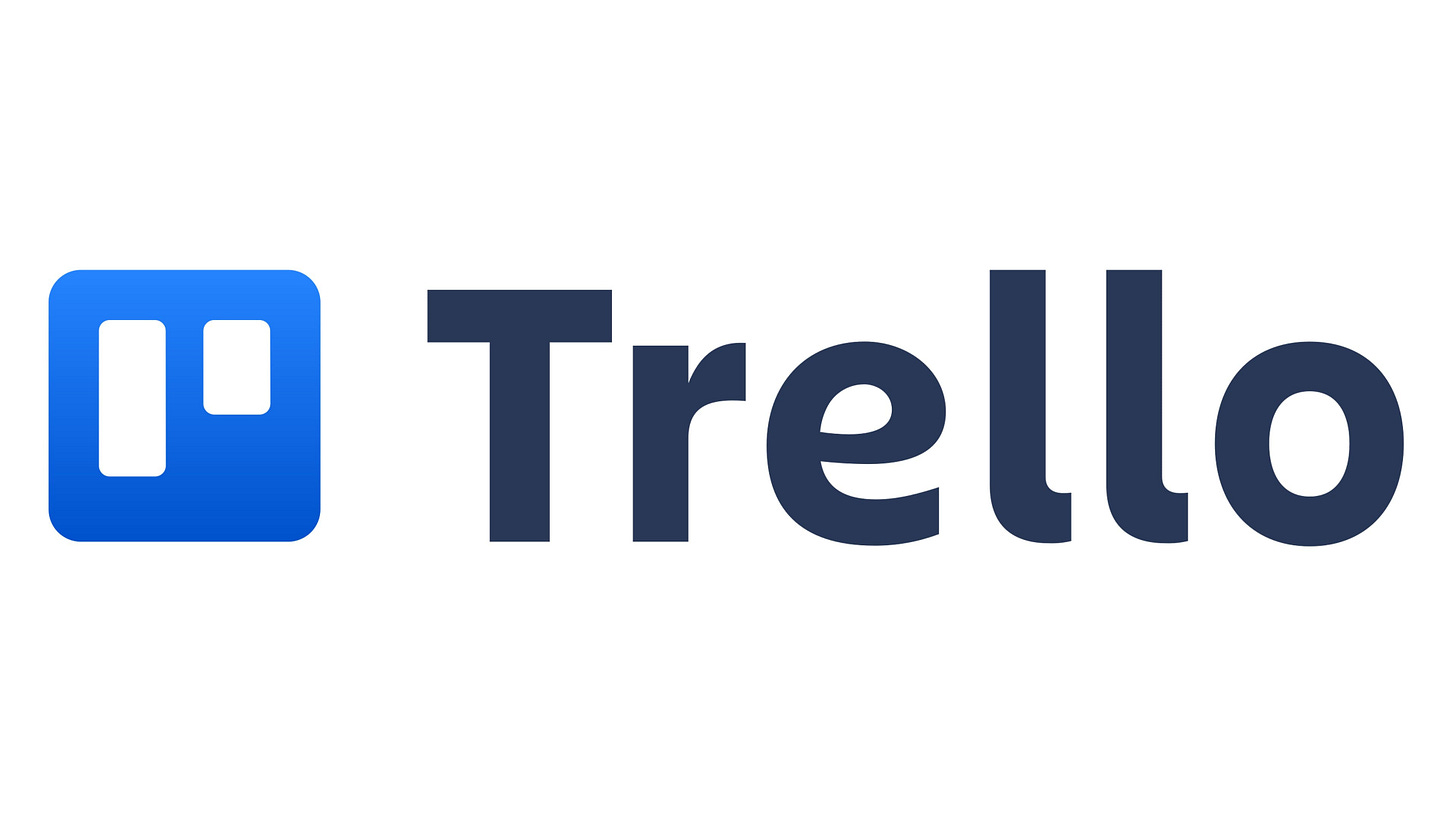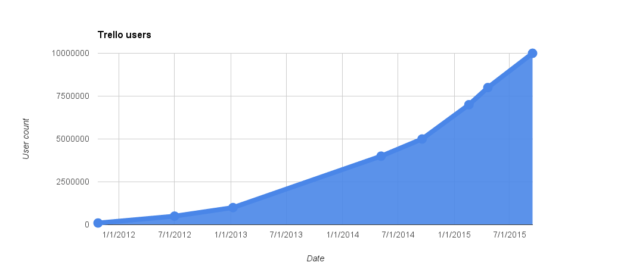From bootstrapped to a $425 million exit - The Trello story
Reverse engineering lessons from Trello's growth strategy.
Friends,
Trello's story is wild.
From being bootstrapped to being acquired by Atlassian for $425 million. And growing their user base by 426% in just 3 years.
It's a masterclass in PLG, marketing & branding. Buckle up - this one is good! Lets dive in!
Brought to you by:
Market Curve exists to turn tech companies into media companies by telling compelling stories across channels. We have worked with folks from YC, 20VC and more. Book a call if you wanna learn more.
The vision & early launch
Joel Spolsky & Michael Pryor, the founders of Trello were both developers & met working at a startup.
They started a company Fog Creek from which the first prototype of Trello was spun out Their MVP? Create a to-do list that was only 5 items long.
The Trello founders saw companies sticking notes on boards & walls to get s**t done. The value prop emerged.
Trello = An all-purpose tool that turns sticky notes into a collaborative & real-time tool for cross-functional teams.
All purpose tools are hard af to build since users request features specific to their use-case. Trello was built like lego blocks & was executed in 4 stages:
see feature request
identify underlying pain point
build for the pain point
convert into all purpose feature
Their product vision
For executing more specific use cases, Trello created its Power Ups feature that could convert a simple Kamban board into an internal app solving a specific internal business workflow.
Since Trello was an all-purpose tool, the founders made sure there was ZERO friction to use Trello so they made it completely free to use.
Their goal = reach 100 million users & monetize the 1%. Their formula = Big number, charge a small fraction, make a bunch of $$$.
Freemium pricing brought in 500,000 users in the first year for Trello. They launched at TechCrunch Disrupt & were gaining 1000s of users each day with ZERO paid marketing but they ran into a big problem.
Monetizing Trello
Trello users started to churn saying since it was free, it would end up shutting down. The founders realised that not charging people became a friction point So they created an MVP Pricing Model.
Trello wanted a pricing model that supported organic growth. They dismissed charging per board or charging per card. They started by charging a flat fee of $200 per company It worked out terribly.
Flat-fee pricing grew Trello's users by 400% but they had companies paying as low as 4 cents/user/year because of the number of users they had. They were bleeding $$$ so they switched to usage-based pricing And offered 3 pricing tiers - Trello Gold, Business & Enterprise.
Trello Pricing Tier is simple.
Tier 1 = $5/ month/user + 3 additional Power Ups.
Tier 2 = $9.99/month/user + unlimited Power-Ups.
Tier 3= $20.83/month/user + personalized onboarding Trello used growth loops to trigger user acquisition & expansion revenue.
Trello PLG Strategy
Trello user acquisition + expansion revenue growth loop is simple but effective.
A user is on the free plan
She invites a colleague, who has never used Trello to join her board
Trello Gold is gifted to her for 1 month for referring a new user
Trello uses Feature as marketing. The Power ups feature allow users to build integrations with 3rd party apps.
When a new Power-Up is launched, the 2 companies promote it on websites, blogs & social media.
Organic growth + high-quality backlinks + cross promotions = more users.
Trello Organic Growth Strategy
Their organic content marketing engine is insane. 1 million people read the Trello blog each month. Their topics cover:
productivity hacks
collaboration tricks
case studies
remote work
They collab with other brands & create marketing assets & acquire high DA backlinks
Trello's mascot Taco makes brand recall value very high. Taco is founder Joel Spolsky’s Siberian husky. They turned him into an adorable cartoon & proudly use him in all aspects of Trello’s branding and marketing. Even their marketing emails are sent as “Taco from Trello”.
Trello invests strongly in community-led-growth. The company has a private Slack channel for its most dedicated fans where they chat with each other & Trello team members about:
announcements
best practices
product feedback
work
productivity
Trello does the basics right wrt user acquisition & activation:
Identify low hanging fruit in the new user journey
Notice how people get invited to boards
Observe How people behave on the landing page
Study how they get into the app
8 key lessons from Trello's growth:
Create simple MVP
Talk to users
Use Freemium + PLG + Growth loops
landing page + onboarding is 80-20 for PLG
Features can work as a marketing channel
Build a memorable brand
Create a community
Build content & partnerships
This is it for this long essay.
Phew! I am exhausted.
If you liked this essay, consider sharing this with a friend or share it on Twitter.







